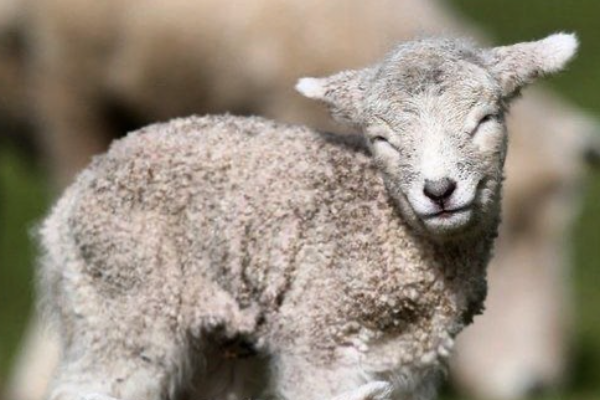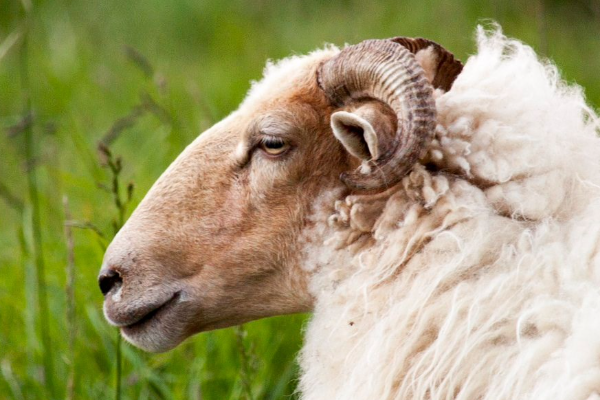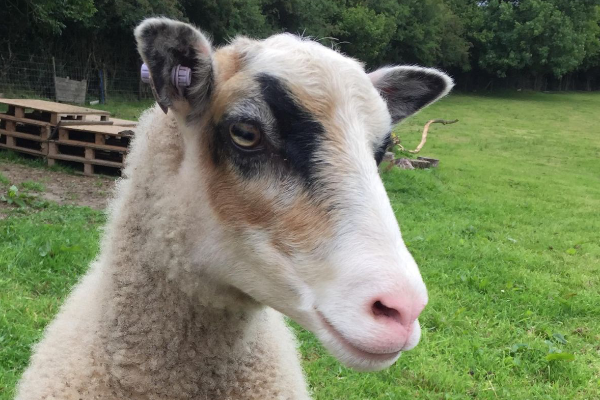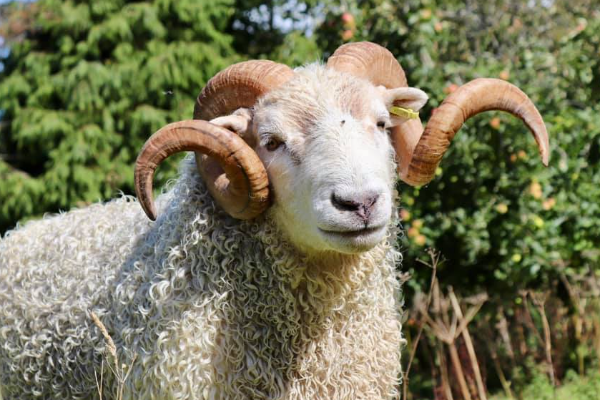Booroola Sheep
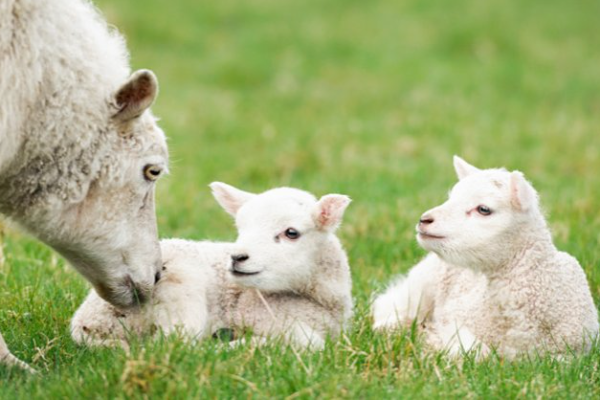
What is the history of Booroola Sheep?
The Booroola sheep originated in the early 1940s, probably by the mutation of a gene in a private Merino flock on a farm called Booroola in New South Wales, Australia.
The Australian Ministry of Agriculture concentrated the breeding of animals carrying the fecundity gene and established a new strain of prolific Merino called Booroola Merino. The fecundity gene was later transmitted to other breeds by crossbreeding.
The term Booroola is now applied to animals of any breed carrying the gene.
What are the characteristics of Booroola Sheep?
- Booroola Merino sheep are white.
- Head The head is medium to short.
- The Booroola rams are masculine and most have well developed horns.
- Booroola Ewes are hornless and are more refined about the head than the rams.
- The hair on the face and ears is white and of fine quality.
- Wool may cover the face in some animals.
- The body is small, narrow, and low.
- The neck is rather short. In some animals the skin is loose and forms wrinkles.
- The legs are relatively short.
- They are covered with wool down to the hooves.
- The tail is long and narrow.
- Fine wool covers the whole body and parts of the legs and face; some animals are wool blind.
- Sexual maturity Booroola Merino, like the other Merino strains, is characterized by late sexual maturity.
- It was reported that less than 10% of the females reach puberty at 1 year of age.
- Ewe yearlings can be mated at 1 year of age if they weigh around 30 kg, but fertility at that age is not high.
- Booroola Merino ewes are characterized by a long breeding season that extends for 8 months.
- During a 12-month period, Booroola ewes showed on average 9.8 estrous cycles. Sixty percent of Booroola ewes ovulate in all months of the year.
- Age at first lambing The common practice with Booroola ewes is to breed them at 18 months of age to lamb when they are about 2 years old.
- Postpartum Forty days after lambing, about 3% of the lactating and 18% of the non lactating ewes resume ovulation.
- Fiber diameter varies between 19 and 26 um; staple length varies between 9.1 and 10.4 cm.
- Mothering ability is relatively poor in Booroola Merino.
- Milk production is often inadequate to feed a large litter, and no more than two lambs on the mother are recommended.
- Males have big round horns, which sometimes have to be cut.
- Booroolas are quiet, gentle, and easy to handle.
- Booroola Rams sometimes like to fight each other.
- Fertility of Booroola Merino and Booroola crosses is about 90%. AccordingtoanAustralianstudy,about 65% of the ewes ovulate three to five ova, 23% ovulate one or two ova, and 12% ovulate from six to nine ova. The mean ovulation rate is 3.7 compared with 1.4 for the regular type Merino.
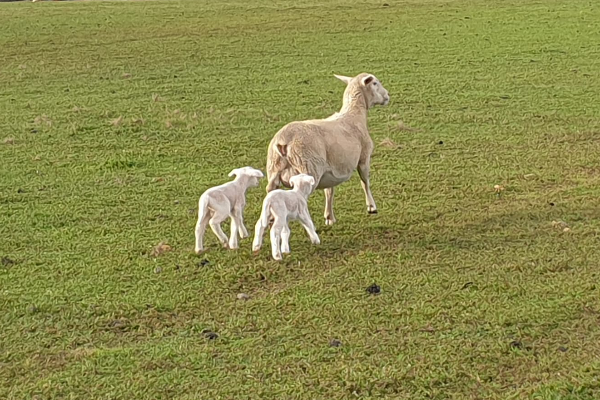
Average litter size of Booroola ewes is reported at 2.3 (1-7) with 40% of litters being 3 or more. In a study in New Zealand, litter size of Booroola was 2.1 where as that for Merino was1.4. In Canada, litter size at birth for ewes aged 18 months and older was 2.7 lambs. The percentage of ewes lambing quadruplets and triplets was 23 and 35%, respectively.
Booroola Lamb mortality at birth is greatly influenced by litter size. In litters of 1, 2, 3, 4, 5, and 6 lambs, mortality was 10, 23, 45, 63, 70, and 72%, respectively. On average, mortality rate is about 38% compared with 15% for Merino. Lamb mortality is higher in 2- year-old ewes (46%) than in older ewes (28%).
Booroola Lamb birthweight varies with the number of lambs born in the litter, from 3.9-4.8 kg for single lambs to 1.9-2.6 kg for quadruplets (2.9-3.7 kg and 2.2-3.1 kg for twins and triplets). Weaning weight of Booroola lambs at 70 days of age was 13.5 kg in Canada and around 19 kg at 84 days of age in Australia.
Lambs slaughtered at 35 kg live weight dress 47.8%. The area of loin-eye muscle in lambs slaughtered at 24 and 38 kg live weight averaged 8.3 and 11.8 cm2 respectively. The carcasses are shorter than in other sheep breeds (56 cm for 15-kg carcass) with chest depth of 25.6 cm and back-fat depth of 57 mm. Booroola crosses with other Merino strains gave greater depths of fat, according to an Australian study. Studies have shown that when Booroola ewes were left with three or more lambs most of the lambs died, which may indicate low milk production. Merino ewes raising twins and single lambs were reported to produce, respectively, about 100 and 70 kg of milk during a 70-day nursing period. Grease fleece weight of ewes raising one lamb is about 4.7 kg, whereas for ewes raising three lambs it is 4.1 kg. Clean scoured yield is about 70%.
What is the weight of mature Booroola Sheep?

Written by
H Cetin KATIRCI
Online ShepherdBreedsMore
IllnessesMore
Forage cropsMore
![]() Патологическая физиология голодания Arina TARAN
Патологическая физиология голодания Arina TARAN![]() Дефицит фосфора (гипофосфатемия) Hipofosfatemi Arina TARAN
Дефицит фосфора (гипофосфатемия) Hipofosfatemi Arina TARAN![]() Какие бывают кормораздатчики для ферм КРС? Irina Makarova
Какие бывают кормораздатчики для ферм КРС? Irina Makarova![]() Кормушки для овец Diana Myakisheva
Кормушки для овец Diana Myakisheva![]() Питание домашних коз: что едят, виды корма и правила кормления Alina Arslantürk
Питание домашних коз: что едят, виды корма и правила кормления Alina Arslantürk![]() Важность минералов питании сельскохозяйственных животных Irina Makarova
Важность минералов питании сельскохозяйственных животных Irina Makarova

